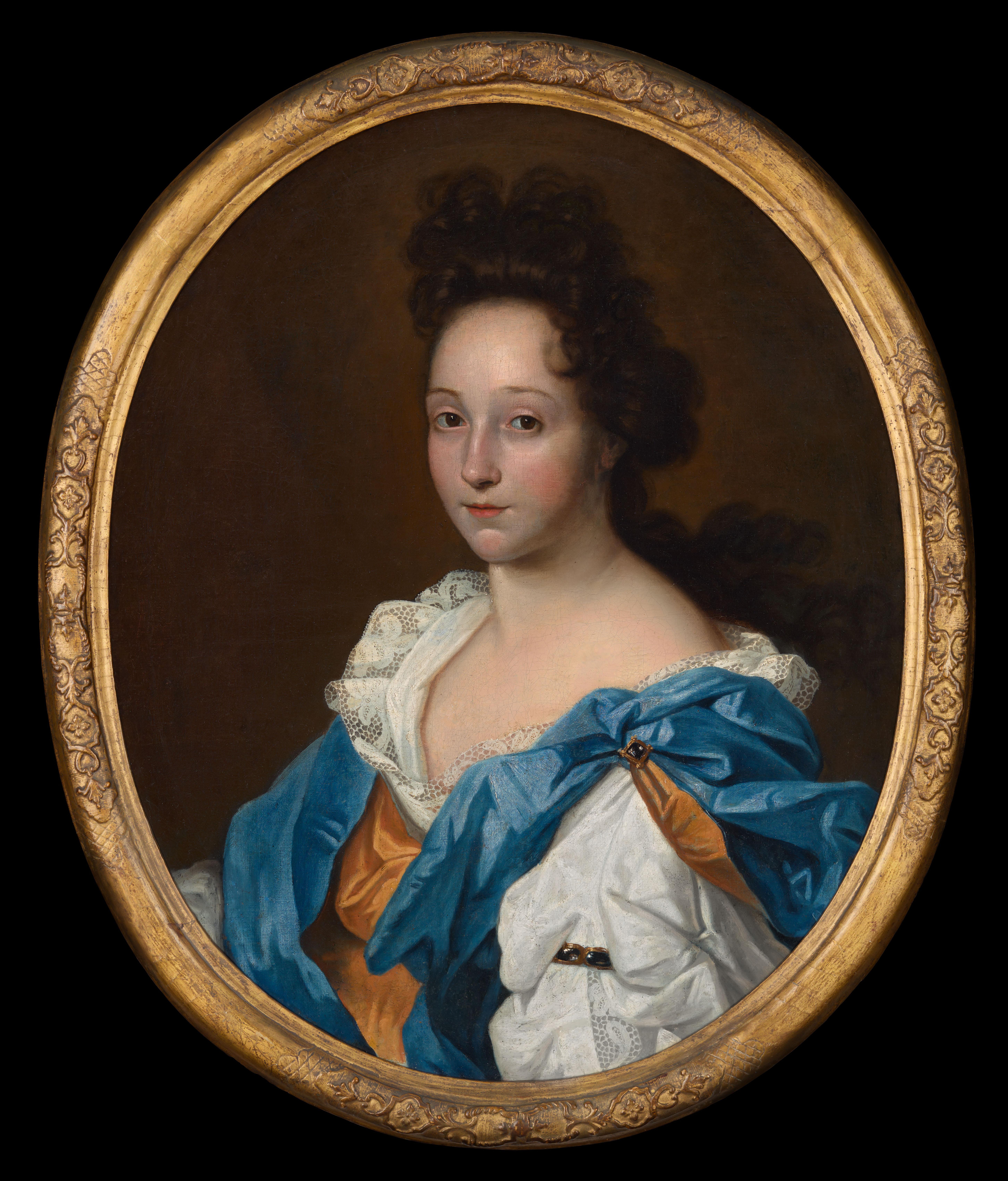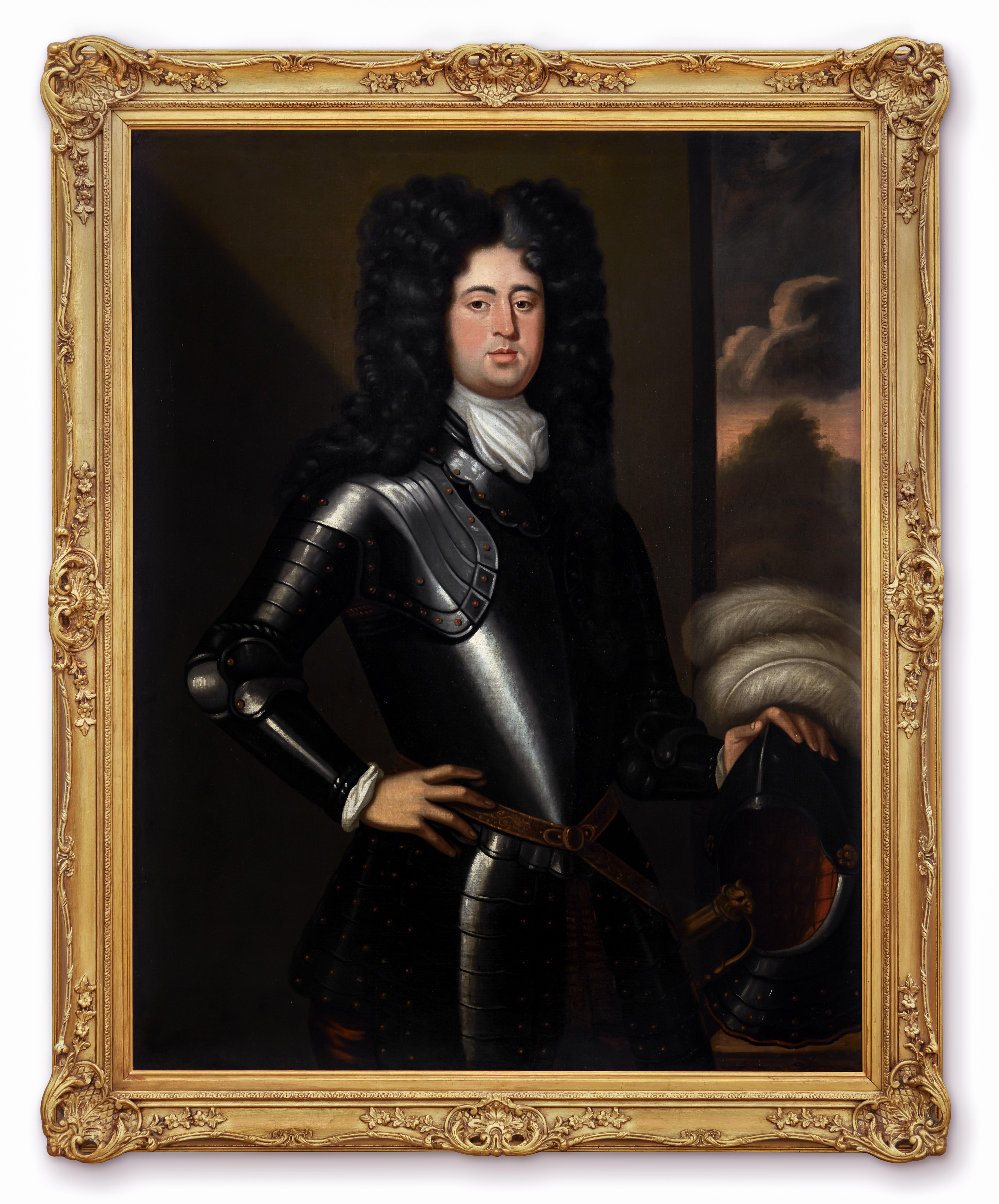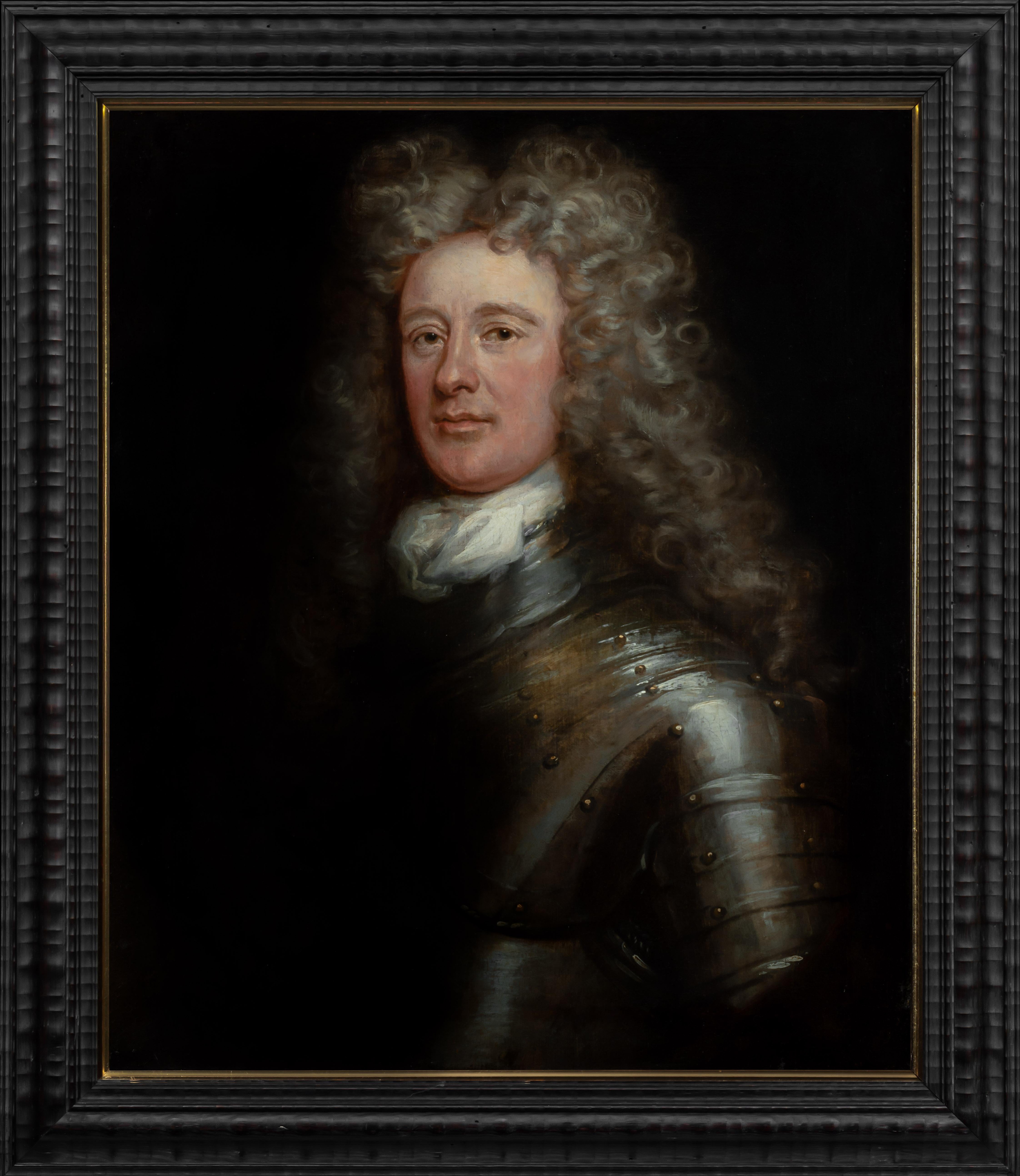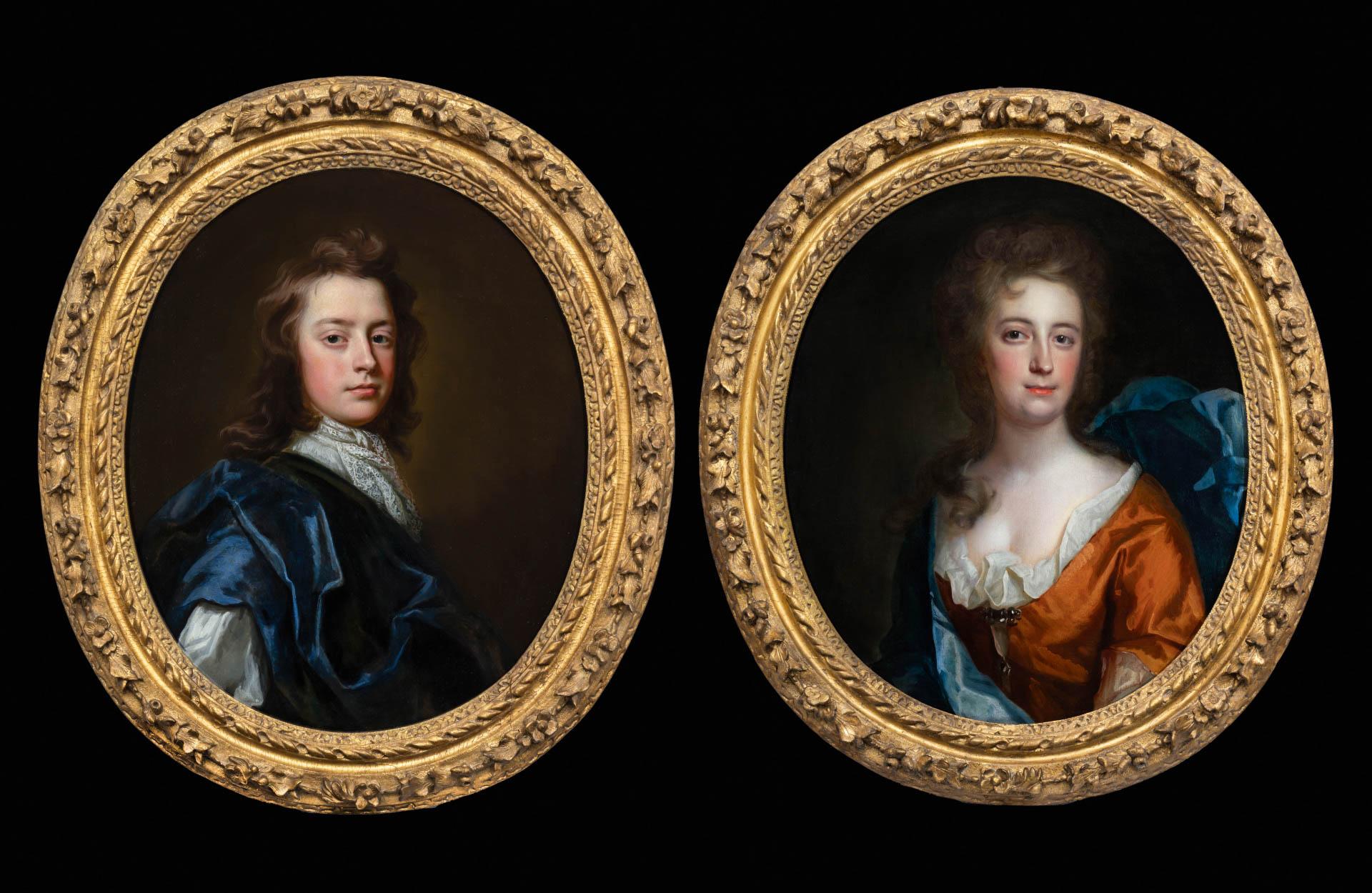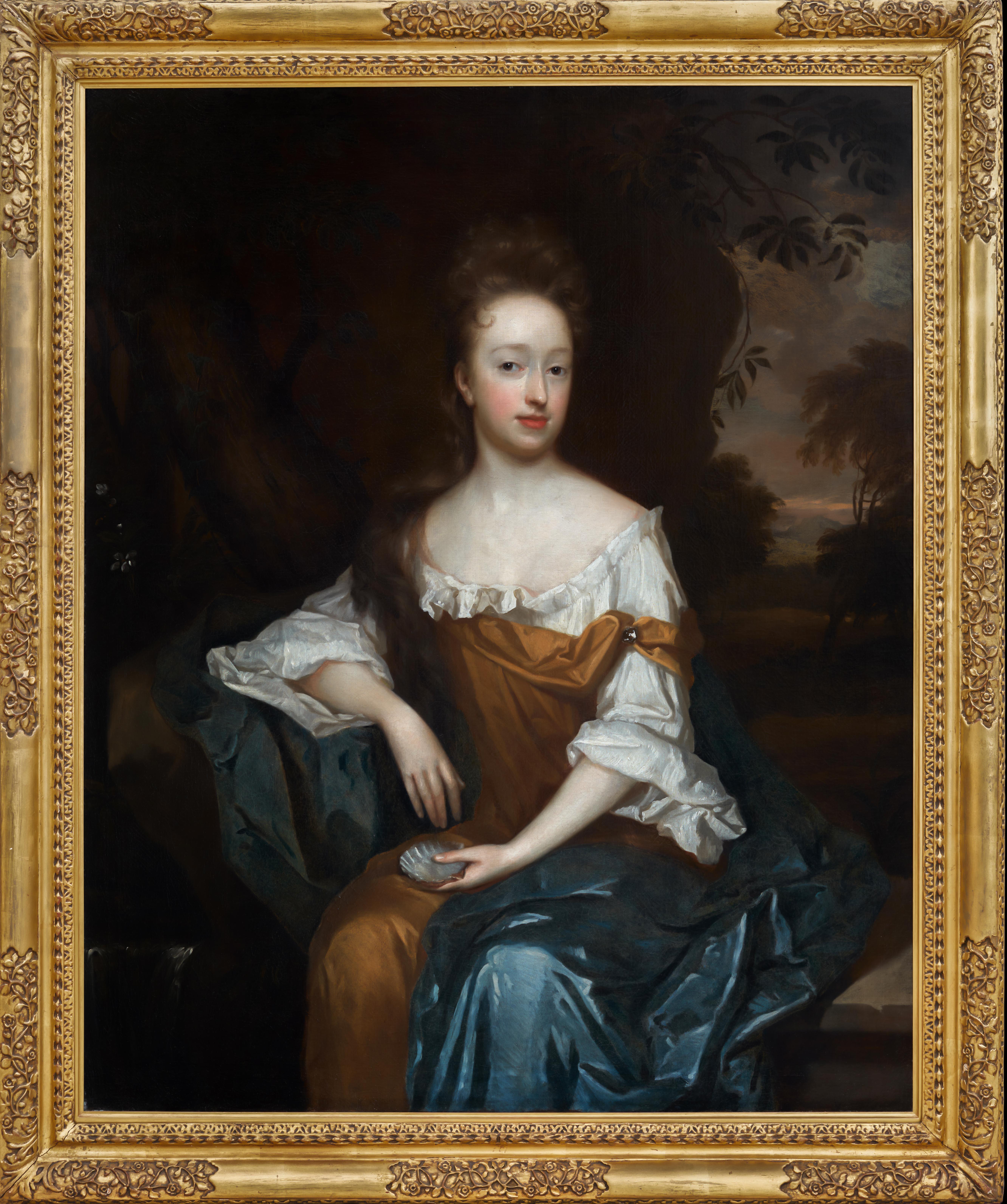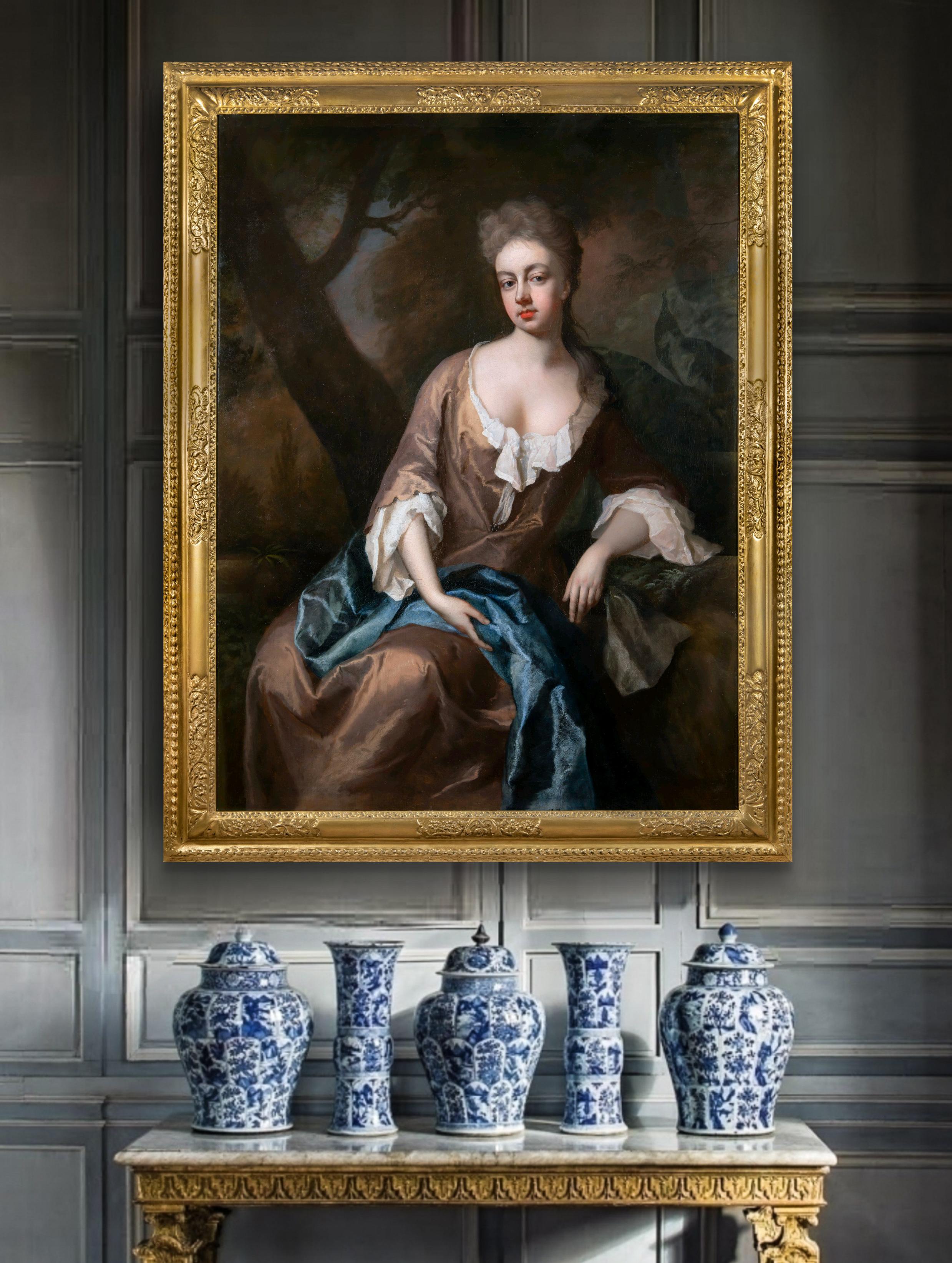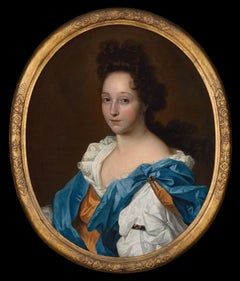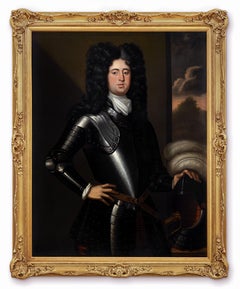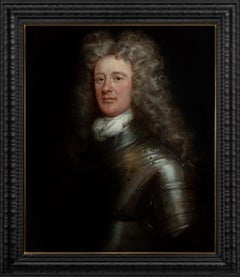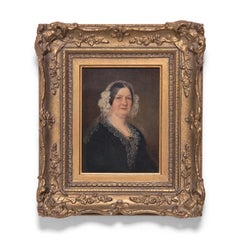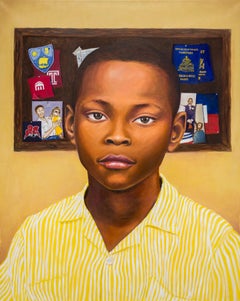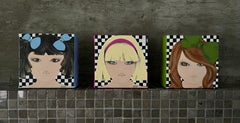Portrait of Mary of Modena (1658-1718) when Duchess of York c.1675-80
Studio of Sir Peter Lely (1618-80)
Presented by Titan Fine Art
This attractive portrait, most likely painted around 1675 to 1680, depicts the only Italian Queen to have ever shared the English throne, Mary of Modena (1658-1718) when she was the Duchess of York. Mary is chiefly remembered for the contentious birth of her only surviving son, Prince James Francis Edward. It was widely speculated that he was secretly brought into the delivery room in a warming pan to ensure the continuation of her husband's Roman Catholic Stuart lineage. The birth of James Francis Edward played a significant role in the 'Glorious Revolution', which resulted in the deposition of James II and VII, replacing him with Mary II, a Protestant and the elder daughter of James II from his first marriage to Anne Hyde (1637–1671). Together, Mary II and her spouse, William III of Orange, would jointly rule over England, Ireland, and Scotland.
Beautifully composed, the Duchess is seated on a porch enveloped in luxurious fabrics, next to a curtain, and wearing a massive black diamond and gold brooch on her bodice. The pasture, classical column, and the laidback stance of the sitter invoke a sense of arcadia; this draws from the tradition of pastoral literature where life in the country was perceived as peaceful, contemplative, free of worry, and a time to pursue pleasure. By the early seventeenth century, Arcadia was already a popular theme in art and all educated individuals were familiar with Latin and Greek pastoral poetry. As such, the topic was so ingrained in society that, contemporary audiences would have instantly recognised its meaning when viewing this portrait. The concept of Arcadia, as a place of beauty and tranquillity, was a way to express themes of nature, love, and the passage of time; of course, this fantasy-world was quite different from the world in which she lived in.
Maria Beatrice Anna Margherita Isabella d'Este was born on 5 October 1658 as the daughter of Alfonso IV, Duke of Modena and Reggio (1634–62). Raised in the Palazzo Ducale in Modena in Italy, she was a devout catholic, and had intended to enter a convent. However, in 1673, following the Pope’s encouragement that she should marry, she was chosen out of many princesses as the most suitable to wed James, Duke of York (younger brother to King Charles II of England), who acceded to the throne as James VII and II in 1685. Mary was crowned as queen consort in a lavish coronation wear she wore three crowns. By Lord Peterborough’s own account: “the Duke of York entirely objected to marry any but a beautiful princess; good looks were an essential qualification for his future wife”.
Mary of Modena, herself and her faith, were perceived as challenges to the Protestant line of succession. Irrespective of the religious difficulty which added its own intensity to the debates, the marriage of the presumptive heir to the Crown of England let loose a flood of intrigue, speculation, treaties, and negotiations.
Mary and her baby sought refuge in France, where she was referred to as the "Queen over the Water" by the Jacobite’s - the last Catholic monarchs of England, launching a number of unsuccessful attempts to return. She resided with her husband and children in the Château de Saint-Germain-en-Laye, a residence provided by King Louis XIV. Mary enjoyed popularity among Louis's courtiers; in contrast, James was perceived as dull. After becoming a widow, Mary spent time with the nuns at the Convent of Chaillot, often during the summer months alongside her daughter, Louisa Maria Teresa. In 1701, following the death of James II, young James Francis Edward, who was 13 years old, was regarded as king by the Jacobites. Since he was too young to take on the official responsibilities of governance, Mary acted on his behalf until he turned 16. When James Francis Edward was ordered to leave France as part of the agreement from the Treaty of Utrecht in 1713, which concluded the War of the Spanish Succession (1701–1714), Mary chose to remain despite lacking family there, as her daughter had succumbed to smallpox. Cherished by her French contemporaries, Mary died in 1718. Deemed a "saint" by her contemporaries, Mary's remains were interred in Chaillot, France among the nuns she had befriended.
The Royal family garnered much interest from the public, as modern day celebrities do now, and there was intense interest in their lives, including what they were wearing. Portraits of them were in high demand and the studios at the time were all too willing to rise to this demand. The Duchess sat for many top artists and sat to Lely on several occasions and his studio painted several versions of the same painting. Our portrait is one such example, painted during the sitter’s lifetime, and is based on another portrait of the sitter by Lely currently in the Royal Collection at the Palace of Holyroodhouse (RCIN 403225). The main differences being the drapery and that in our portrait one hand is holding leaves (rather than resting on a lamb’s head) and the other hand is holding a sheer scarf (rather than a rich red drapery). Both paintings probably date to the latter part of the 1670s, a challenging period for the duchess, during which she bore four children, of whom only two lived beyond their first year. It is probable that the paintings were initiated prior to 1678, when the Duke and Duchess of York journeyed to the Continent and subsequently to Scotland to evade the anti-Catholic fervour stemming from the Popish Plot in London.
A remarkable care is exercised in rendering the face, arms and hands, which are defined with lightness and dexterity, and is a good example from the period. Held in a fine gilded period frame.
Peter Lely, the son of a Dutch military officer, was born in Germany at Soest in Westphalia in 1618. He studied in Haarlem before moving to London in 1641, and in 1647 he became a freeman of the Painter-Stainers’ Company. Initially, Lely painted landscapes, religious, and mythological scenes, however, he quickly recognised the strength of the English market for portraiture and this is where he turned his attention. He was employed by the Duke of Northumberland, who had the royal children in his care, and he was able to study the Northumberland Collection of works by Van Dyke and Dobson. By the end of the Commonwealth, he had become the best-known portraitist in England.
In 1661 he was appointed Principal Painter to the King and from then on, he maintained a busy and successful practise painting the most elite and influential members of the court and of everyone of importance. His studio was prolific and employed many assistants, as was the common studio method. His success thus meant that he established the basic English portrait style for decades.
Lely was a connoisseur and was known for his own fine art collection. By the end of his life, he had assembled one the finest non-princely collections in Europe including more than 25 of Van Dyke’s major English works of Old Masters including Veronese, Titian, Claude Lorrain and Rubens, and a fabulous collection of drawings, was sold after his death raising the immense sum of £26,000. Some items in it which had been acquired by Lely from the Commonwealth dispersal of Charles I's art collections, such as the Lely Venus, were re-acquired by the Royal Collection.
Measurements: Height 146cm, Width 122cm framed (Height 57.5”, Width 48” framed)
